If you are looking to plan your Everest Base Camp trek as a beginner, it will certainly be an exciting adventure, and with the right preparation, certainly be one of the most rewarding experiences of your life. The trek to Everest Base Camp is not only laying your eyes on one of the most popular tourist destinations — it’s experiencing the culture, the people, the mountains, and nature on a different scale. If you are new to trekking or high-altitude adventures, organized, clear initial planning must be done.
Everest Base Camp Trek. The first step is to pick the right season to travel. The best and busiest trekking seasons are pre-monsoon (March to May) and post-monsoon (late September to November). The months of May, June, September, and October are the best for hiking in the mountains as the weather is clear and the temperature is moderate, fairly warm enough Winter treks are also possible, but they are colder and difficult to trek, whereas the monsoon season means heavy downpour and slippery trails.
Another important step is booking your flights in advance, especially your flight from Kathmandu to Lukla, the starting point of the trek. These flights can be susceptible to the weather and fill up fast, so booking early is key. You also need to obtain a pair of permits: the Sagarmatha National Park Permit and the Khumbu Pasang Lhamu Rural Municipality Permit. This can be organized from Kathmandu or through your trekking agency.
Next, take into account your level of fitness. You don’t have to be a mountaineer to finish the trek, but you will need a good foundation of cardiovascular fitness, muscular strength, and mental resolve. Training with regular hikes, strength training, and aerobic workouts can keep you moving through long days of walking with a pack at higher altitudes.
Another issue is acclimatisation. Most EBC itineraries also include acclimatization days in higher-altitude villages, such as Namche Bazaar and Dingboche. And these rest days help your body acclimate to the thin air and decrease your chances of succumbing to altitude sickness. Moving slowly and gradually up the trail can impact how you feel.
For gear, traveling light but packing smart is key. You will also need good-quality trekking boots that are well broken-in, warm layers to adjust to changing temperatures, a good sleeping bag rated for cold nights, and a reliable backpack. Teahouses along the way offer meals and basic accommodation, so you won’t have to carry camping gear, but essentials such as a water purifier, snacks, and any medications should be packed.
If you are not comfortable traversing the terrain or carrying an enormous weight, you should consider hiring a guide and/or a porter. Guides give you valuable context about the region’s culture and history, and porters relieve you of some physical burden as well as provide local economic assistance.
Give flexibility above all else. Your schedule can be altered by weather delays, altitude sickness, or sudden rest requirements. With the proper preparation, attitude, and backing, this once-in-a-lifetime expedition can be accomplished safely and successfully, even for novice trekkers.
This content is free to read; please consider supporting our work.
Everest Base Camp Treks. Before you go up to Everest Base Camp (EBC), planning = understanding what you are getting yourself into. This isn’t simply a hike — it’s a high-altitude journey through some of the planet’s most awe-inspiring terrain. When you are starting, it may feel a little overwhelming, but this can be made simple by breaking it down into manageable steps. From when to visit, what route to choose, what permits to figure out, what gear to bring, to your fitness level, every decision influences your experience. Whether you go alone, in a group, or with a guide, the better prepared you are, the more you will enjoy the process. EBC is doable for most fit people as long as you respect the altitude and make smart planning choices.
Pick the Perfect Season for Your Trek
The Trek to Base Camp Mount Everest is best undertaken during the pre-monsoon (March–May) or post-monsoon (late September–November) seasons. Those periods provide the clearest skies, mild daytime temperatures, and safer trail conditions. Spring is for rhododendron flowers and lush vegetation, and fall is for fresh air and unencumbered mountain views. Winter treks can be done, but are bitterly cold; monsoon season is heavy with rain, leeches, and obscured views. By trekking during one of the ideal seasons, you can enjoy better visibility, more stable weather, and just an overall better experience.
Decide Your Trekking Route
Here are some alternative routes to Everest Base Camp that travelers can The traditional route from Lukla to Everest Base Camp is conventionally the most popular, but several alternative routes to Everest Base Camp offer different experiences. Adding the Gokyo Lakes via Cho La Pass option gives you beautiful glacial lakes and an adventurous high-altitude pass experience. For a more challenging and scenic route, trek the Three Passes Trek, crossing three major high passes. Some routes like Jiri to EBC or Phaplu to EBC are longer but offer a much progressive climb and a chance to soak in some culture. Your fitness level, how much time you have, and how difficult you want your hike to be will dictate which route you should take. Most new trekkers choose the iconic Lukla route because of its well-established trail and support system.
The Basics: Get to Know Permits and Entry Rules
You need a couple of key permits to Mount Everest Base Camp Trek: the Sagarmatha National Park Entry Permit and the Khumbu Pasang Lhamu Rural Municipality Permit. These are necessary to enter the Everest region and can be acquired in Kathmandu or on the trail in Monjo. If you’re doing so with a guide or agency, they typically take care of the permit process on your behalf. Also, ensure your passport is valid, and consider travel insurance that covers high-altitude trekking and emergency evacuation. It’s also a good idea to keep digital and paper copies of all documents as a precaution.
Set a Realistic Budget
The price of trekking to Everest Base Camp will depend heavily on your travel style. Independent trekkers can spend about $700 to $1,200 on average, while guided treks can range anywhere from $1,200 to $2,500 or even higher. Costs include domestic flights (Kathmandu to Lukla), permits, accommodation, food, gear, guides/porters, and tips. It is wise to budget more in case of emergencies, snacks, and Wi-Fi or charging fees at teahouses. 12. Decide on a budget in advance to avoid surprises and have a smoother trekking experience.
Develop a Training and Fitness Regimen
It is very important to prepare yourself physically for the Everest Base Camp, located at 5364m, even for beginners. You don’t have to be an athlete, but good cardiovascular endurance, leg strength, and stamina are helpful. Begin training at least 8–12 weeks before your trek. Aim for long walks or approaches, building up distance and elevation gain. “But if you have access to a treadmill, do hill training and walk with a loaded backpack to simulate what it would be like on the trek.” Cycling, swimming, or running can build endurance, while strength workouts (especially for legs and core) can help on steep ascents and uneven terrain. Flexibility and balance workouts, such as yoga, also help prepare joints and promote recovery. Be consistent—train several times weekly with rest days to prevent burnout. A well-conditioned body will lower the risk of fatigue, reduce your chance of injury, and leave you with a much better experience on the trail.
Build a Packing List and Gear Checklist
Everest Base Camp You also need to be strategic about what to bring with you on Everest Base Camp, balancing warmth with weight and utility. You’ll require layers of clothing to accommodate changing temperatures, from sunny days to freeze-thaw nights. Key components are a base layer, fleece or insulated down jacket, waterproof shell, and thermal gear. Shoes are important—bring broken-in, supportive trekking boots. Pack moisture-wicking socks, gloves, a hat, and UV-protection sunglasses. A four-season sleeping bag, a daypack, and water purification tools should not be overlooked. Other essentials: a headlamp, trekking poles, personal medications, sunscreen, and snacks for quick energy fixes. Teahouses serve food and offer beds, so you don’t need to carry camping gear. Double check your list, make sure you don’t forget to pack anything (but don’t over-pack; you need every extra kilo at altitude).
Make Your Travel Arrangements to Lukla Ahead of Time
Everest Base Camp Trek Cost For the majority of travelers to the Everest region, the flight from Kathmandu (or Ramechhap) to Lukla is the gateway (and one of the most-requested domestic flights in Nepal). (Tickets are limited, and weather delays are likely, so booking is key.) Flights can also be diverted to Ramechhap Airport from Kathmandu during the busy seasons to decrease congestion of air transportation, making for an early morning drive of roughly 4–5 hours. Always include buffer days before and after your trek to account for any possible delays or cancellations. Helicopter options are on the table, too, but they’re pricier. If flying or coming in by jeep and hiking from Phaplu or Jiri, finalize logistics ahead of time to avoid last-minute complications.
Go Guided, Portered or Solo (If With Guide)
Trekking can be accomplished in one of three ways: fully guided, self-guided with a porter, or solo with a guide. For novices, hiring a licensed guide is strongly advised — they do the legwork, provide local knowledge, and track your health at altitude. There are convenient and supported guided treks via reputable companies, but these can be more expensive. Porters can carry your main bag (typically up to 15kg) to ease your walk. Solo trekking without a guide has been restricted in some areas of Nepal since 2023, so confirm the current rules before making a decision. For first-time trekkers, guided or semi-guided options are a safer, more enriching experience.
Also Read: Prepare for what to expect at altitude, also be aware of what happens in any weather emergencies
Himalayan Base Camp Trek Altitude is the EBC trek´s main challenge. To minimize your risk of altitude sickness, follow a slow itinerary with acclimatization days, drink lots of water, and forgo alcohol. Weather can change quickly — expect everything from bright sun to snow or rain — so bring layers and check forecasts regularly. Bring a first aid kit with altitude meds (such as Diamox), blister care, and rehydration salts. Get travel insurance that covers trekking up to 6,000 meters and includes emergency evacuation. Guides are trained to recognize signs of sickness, but you should also know AMS symptoms and when to descend. Preparation will help you manage the unexpected safely.
How to prepare for Everest Base Camp for beginners?
Several key areas need to be thought about as part of planning EBC, including physical training, gear, altitude awareness, and logistics. Begin training 2–3 months before your trek with cardio (like hiking, running, or cycling), strength training (especially for your legs and core), and day-long hikes with a backpack. Pack well — layers for variable temperatures, well-worn hiking boots, and the usuals, like an excellent sleeping bag and trekking poles. Read about altitude sickness and plan for acclimatization days. You’ll also need to book permits, flights to Lukla, and choose whether to trek with a guide, a porter, or an agency. It is also vital to purchase travel insurance that covers high-altitude trekking and emergency evacuation. More preparation = more fun and safety in your travel experience!
Can a beginner trek to Everest Base Camp?
Yes, a beginning hiker can indeed trek to Everest Base Camp, but you need to be moderately fit, mentally prepared, and you have to take into account the altitude. No technical climbing skills needed for EBC; just good physical conditioning and determination. Every year, plenty of people with zero trekking experience complete the trail successfully. Follow a well-paced itinerary, respect acclimatization, and consider trekking with a guide or group for extra safety and support. It is a challenge, but a fairly achievable one starting from scratch as long as you have the right mindset and preparation.
How fit do you need to be to do Everest Base Camp?
Everest Base Camps: You don’t have to be a marathon runner, but you’ll want to be in good overall shape. Plan on hiking 5–7 hours a day for roughly a fortnight, usually on steep, rocky trails and at high elevations. The training needs are endurance, leg strength, and cardiovascular fitness. Think things like hiking uphill, with a weight, stair climbing, and long walks. If you can walk comfortably for 3–4 hours with a loaded pack and feel good the next time you try, that’s a good sign. And mental stamina matters just as much — being ready to deal with tough days and continue at a steady pace is essential.
Where do I start the Everest Base Camp Trek?
Most treks begin at Lukla, a popular mountain airstrip in the Khumbu region. The traditional Everest Base Camp route begins with a flight to Lukla — most trekkers fly from Kathmandu (or Ramechhap). From there, you go through legendary villages like Namche Bazaar, Tengboche, and Dingboche on your way to Everest Base Camp and Kala Patthar, the highest viewpoint. Or, if you prefer an extended or gradual introduction, you could begin your hike in Jiri or Phaplu, which adds several days of hiking and a greater cultural experience as well as gentle ascents.

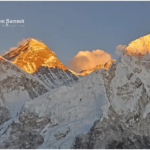

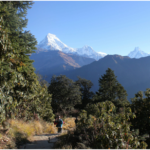

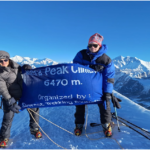


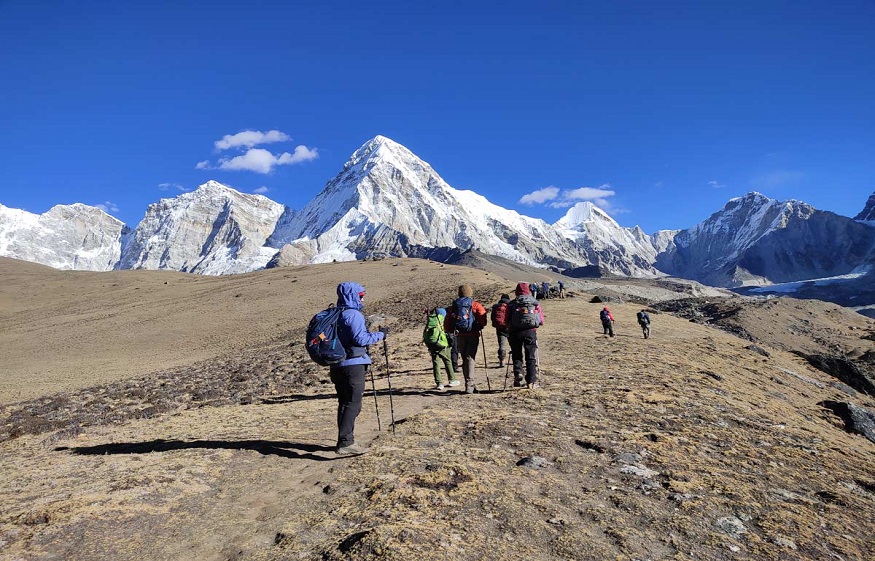

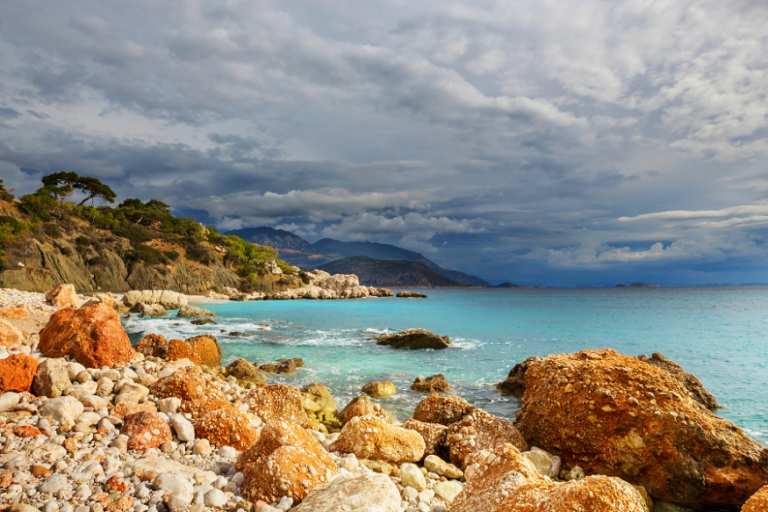
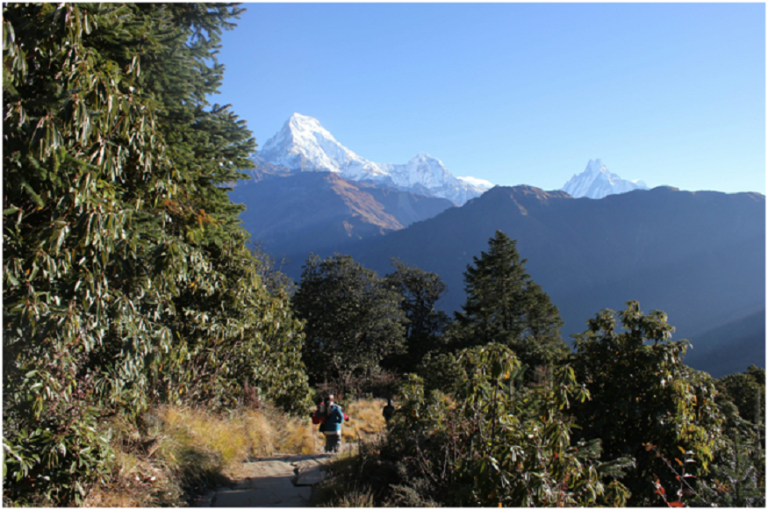
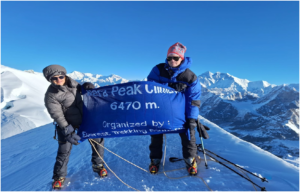
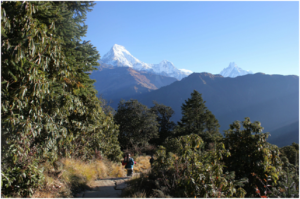



+ There are no comments
Add yours